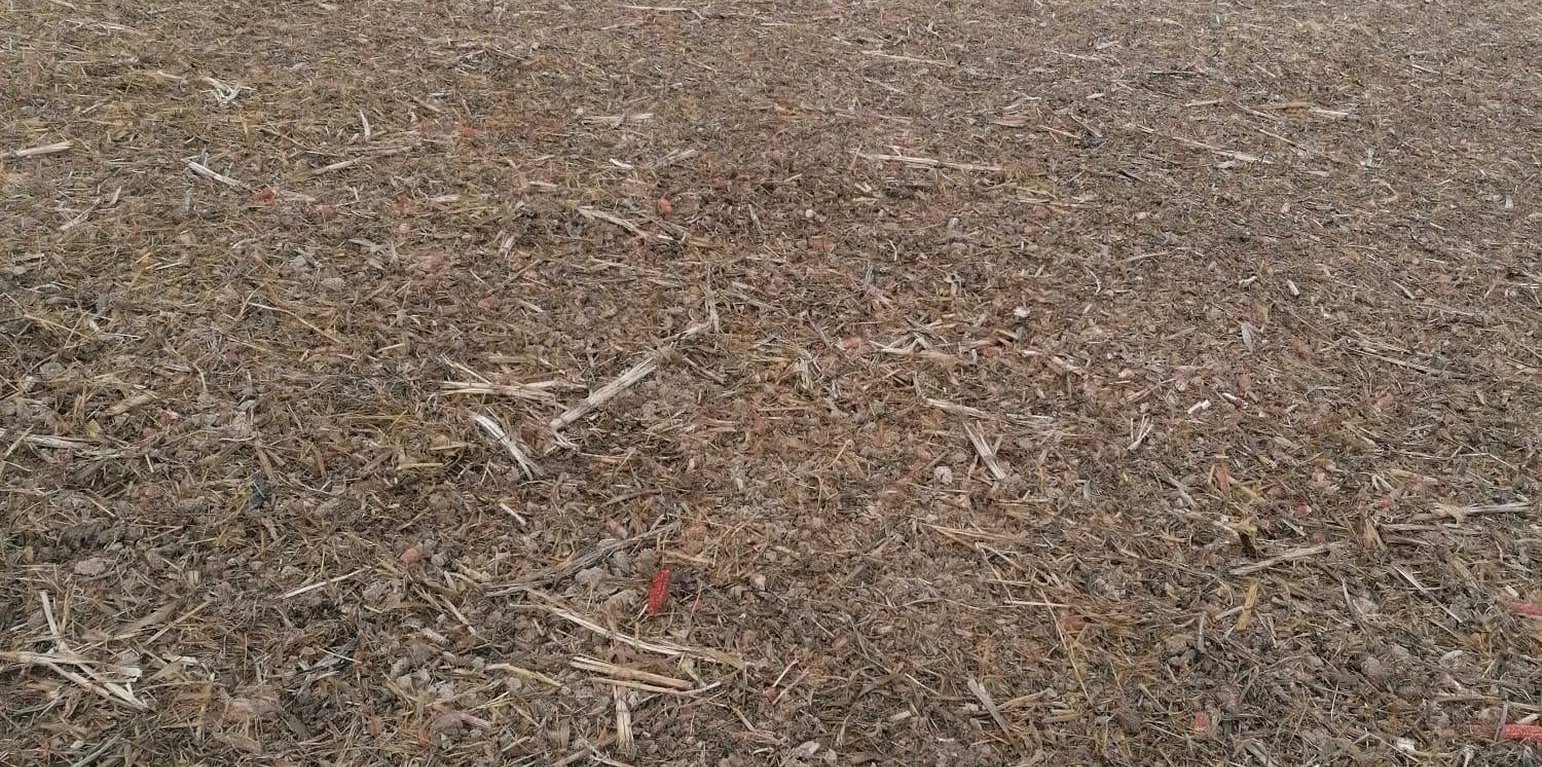



Mulch-till (also called “conservation agriculture” or “minimum tillage”) is a method of land management with modified, less intensive tillage, where land is covered with plant residues year-round (at least 30% cover) or grass, energy consumption is reduced, and there is less trampling/ compaction of the soil because of fewer machine passes and the protected surface. Under mulch-till, special agricultural machinery and attachments are required. Disc harrows and chisel ploughs are used to loosen the soil, and direct drills are employed for seeding. Ploughs are not used and the soil is not inverted. This method of tillage is intended to maintain soil structure, build up humus, improve nutrient supply and soil moisture, increase soil microbiological activity and also to prevent soil erosion. Mulch-till reduces the number of work operations on the cultivated area. Because the soil is disturbed less, this minimises the exposure of soil organic matter to the air, and therefore decreases the formation and release of CO2 to the atmosphere.
The debate over whether ploughing is still necessary has been going on for quite some time. Both mulch-till and ploughing have their advantages as well as disadvantages. Research shows that mulch-till reduces soil erosion and compaction, and this has a significant impact on soil fertility. On the other hand, ploughing better inhibits the spread of weeds and certain types of diseases and pests.
Mulch-till requires complete replacement of machines/tools, and this is a considerable initial investment. Regular annual maintenance of the equipment is needed also. Mulch-till provides full benefits after a number of years, through making sure that minimal soil inversion and organic soil coverage is guaranteed. It also requires good planning of crop rotation, the use of a special seed drill and employment of herbicides after emergence (or surface hoeing). Users mention one advantage being the low costs for tillage, which is less expensive than ploughing, and the reduction of soil erosion on sloping terrain. However, they do not like the high investment for equipment, possible lost of yields and increase in weeds: all tend to arise at the beginning of implementation. Knowledge and experience are required, as the technology is quite demanding, so there are chances of failure.
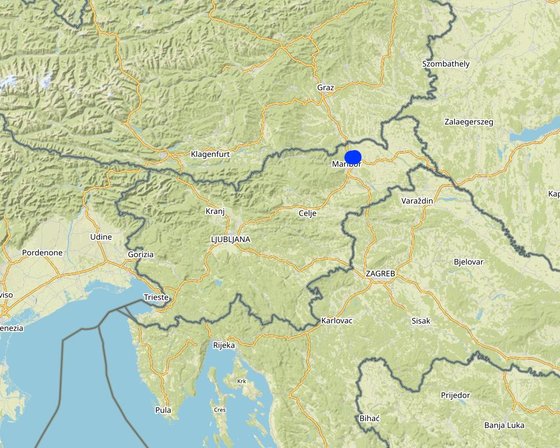
地点: Vosek, Jareninski dol, Pernica, 斯洛文尼亚
分析的技术场所数量: 2-10个场所
技术传播: 均匀地分布在一个区域 (approx. < 0.1 平方千米(10 公顷))
在永久保护区?: 否
实施日期: 2020
介绍类型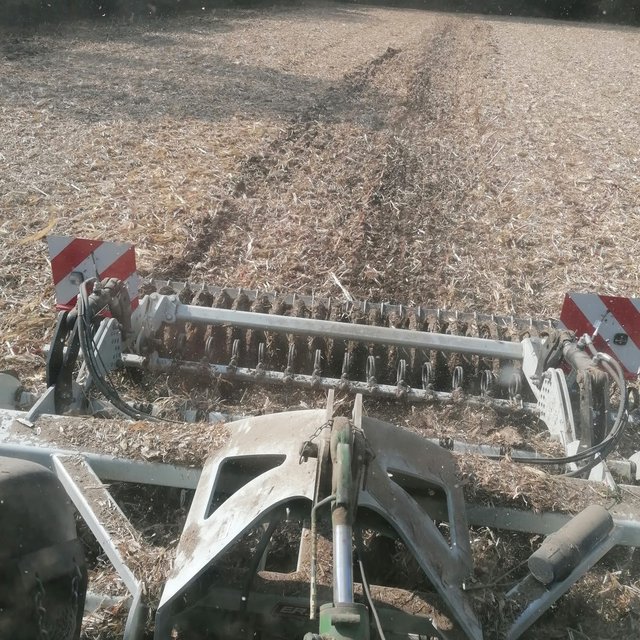
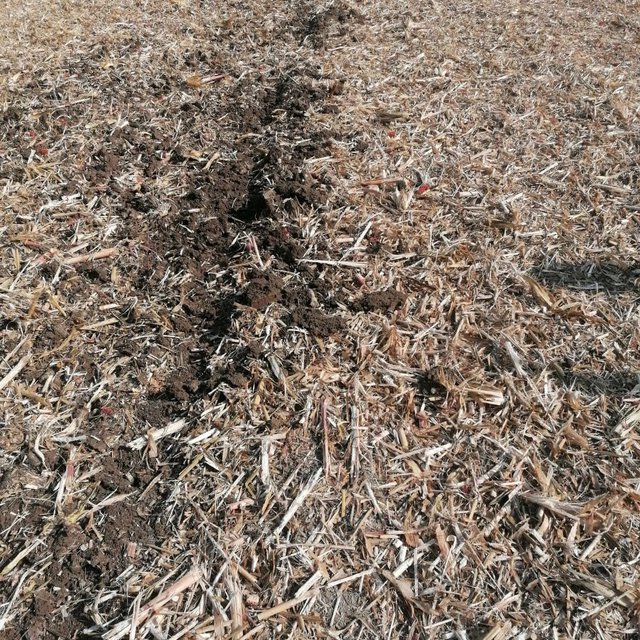






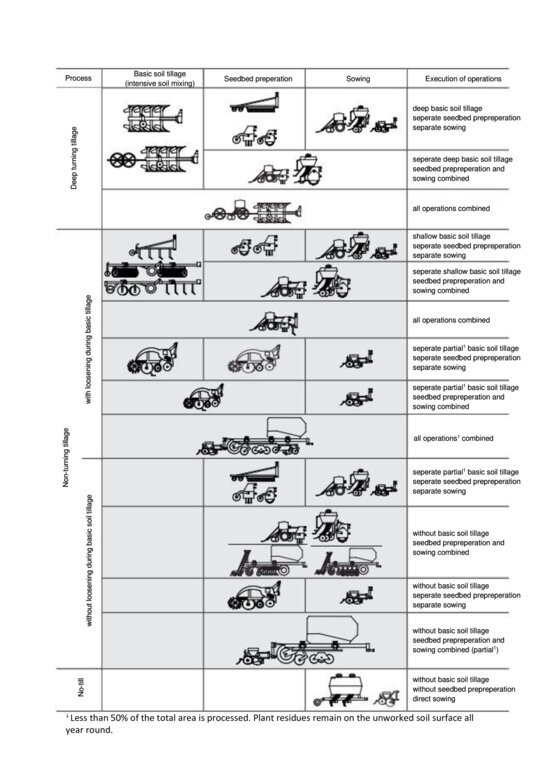
| 对投入进行具体说明 | 单位 | 数量 | 单位成本 (EUR) | 每项投入的总成本 (EUR) | 土地使用者承担的成本% |
| 设备 | |||||
| Purchase of 2-row disc harrow | piece | 29.7 | 404.0404 | 12000.0 | 100.0 |
| Purchase deep chisel plow | piece | 29.7 | 101.0101 | 3000.0 | 100.0 |
| Pneumatic seed drill combined with rotary harrow | piece | 29.7 | 909.0909 | 27000.0 | 100.0 |
| Pneumatic precision planter with rotating elements | piece | 29.7 | 572.3905 | 17000.0 | 100.0 |
| Cover crop seed drill | piece | 29.7 | 151.5151 | 4500.0 | 100.0 |
| 技术建立所需总成本 | 63'500.0 | ||||
| 技术建立总成本,美元 | 65'463.92 | ||||
| 对投入进行具体说明 | 单位 | 数量 | 单位成本 (EUR) | 每项投入的总成本 (EUR) | 土地使用者承担的成本% |
| 劳动力 | |||||
| Tractor operation | EUR/ha | 29.7 | 18.144 | 538.88 | 100.0 |
| Machine maintenance | EUR/ha | 29.7 | 2.88 | 85.54 | 100.0 |
| 设备 | |||||
| Machine avarage total costs of tractor operation and maintanance | EUR/ha | 29.7 | 122.598 | 3641.16 | 100.0 |
| Machine avarage total costs of deep chisel plow operation and maintanance | EUR/ha | 29.7 | 4.36 | 129.49 | 100.0 |
| Machine avarage total costs of 2-row disc harrow operation and maintanance | EUR/ha | 29.7 | 30.432 | 903.83 | 100.0 |
| Machine avarage total costs of pneumatic precision planter with rotating elements operation and maintanance | EUR/ha | 14.85 | 29.744 | 441.7 | 100.0 |
| Machine avarage total costs of cover crop seed drill operation and maintanance | EUR/ha | 29.7 | 2.872 | 85.3 | 100.0 |
| Machine avarage total costs of Pneumatic seed drill combined with rotary harrow operation and maintanance | EUR/ha | 14.85 | 52.416 | 778.38 | 100.0 |
| 植物材料 | |||||
| Cover crop mixture Fruh | EUR/ha | 29.7 | 66.768 | 1983.01 | 100.0 |
| 技术维护所需总成本 | 8'587.29 | ||||
| 技术维护总成本,美元 | 8'852.88 | ||||
Some farmers report a slight drop in yield in first years after the implementation of the measure, but the farmer in the case study location didn't notice any difference in yield.
Reduced risk, but with the wrong approach it can increase. For example, reduced risk due to unfavorable weather conditions, increased risk due to the possibility of weed development.
Simplified soil tillage technology.
Reduced costs due to lower energy (fuel) consumption.
Fewer hours dedicated for tillage.
Facilitated production with lower costs, motivation to do business in agriculture.
With positive effects more interest of the farmer in sustainable production.
Cover crops act as hiding places for various animals.
Plants attract pollinators.
Surface cover with plants.
The soil is not carried into ditches and ponds.